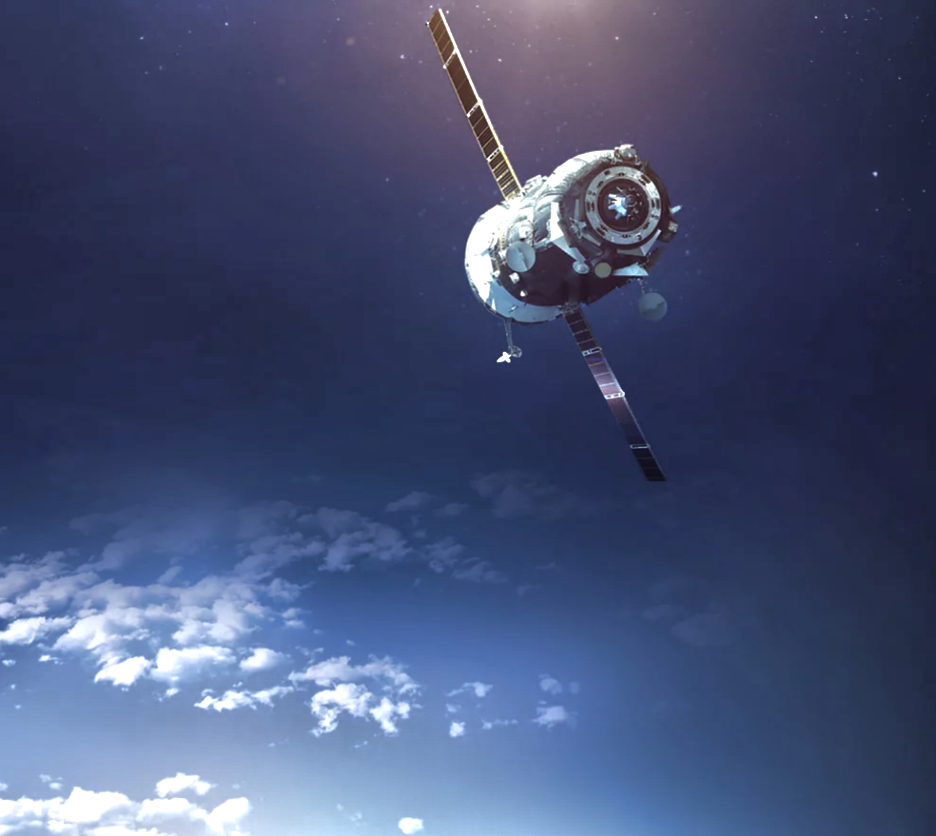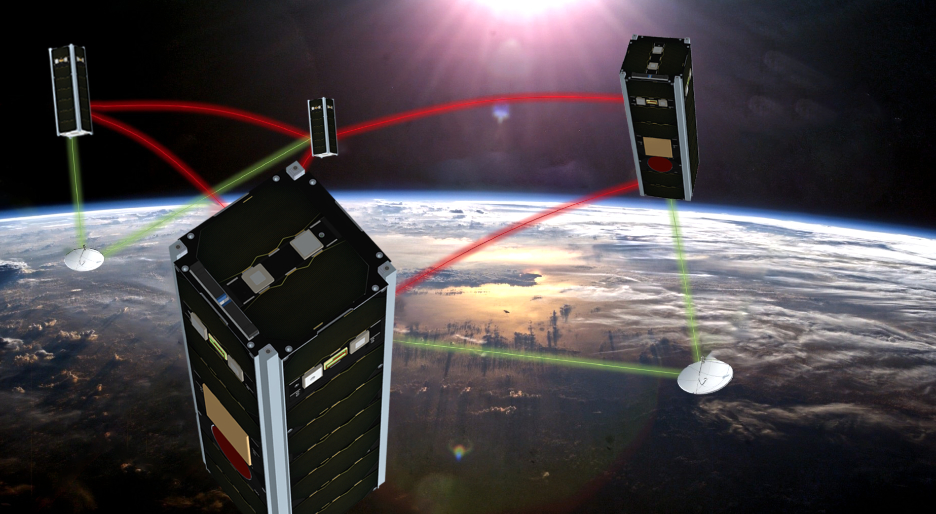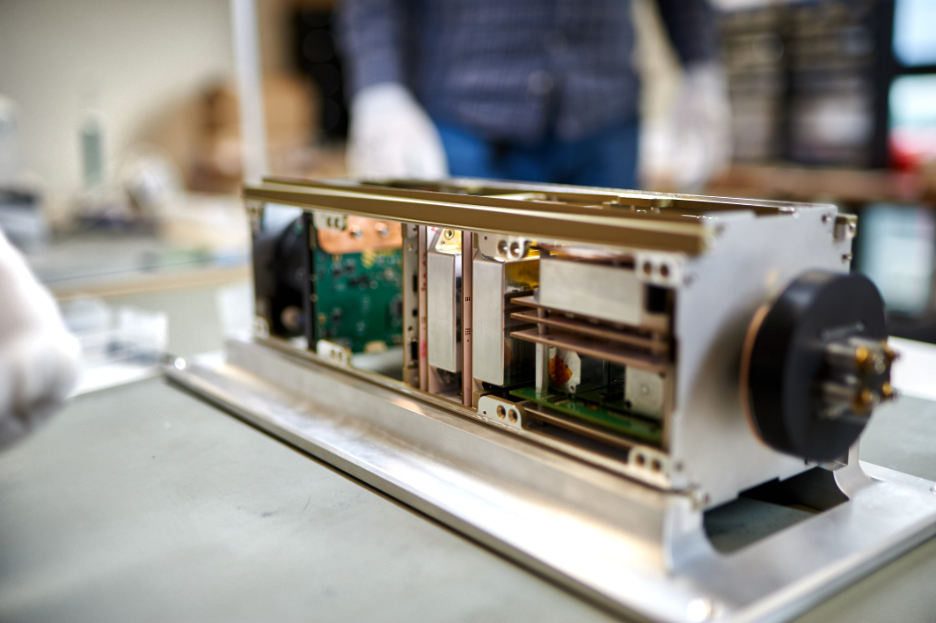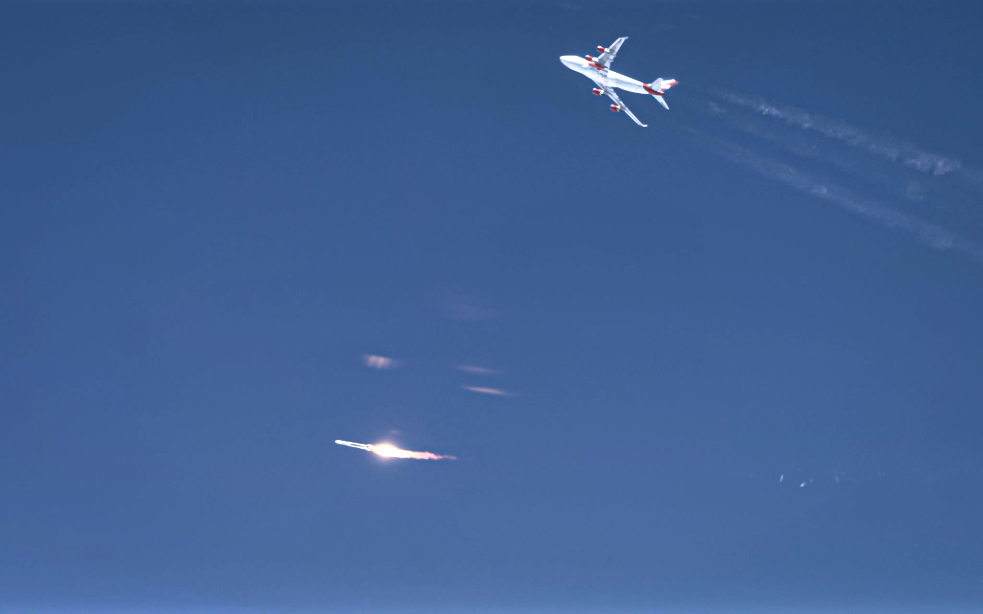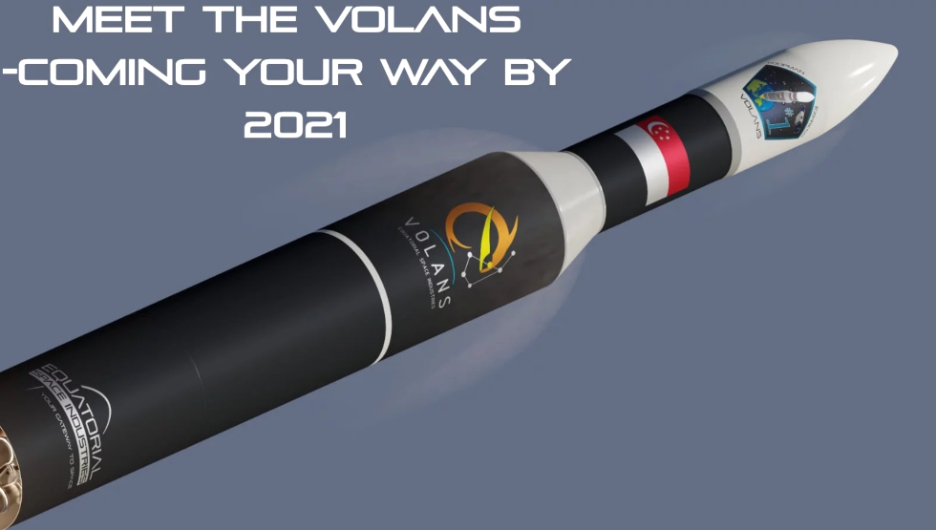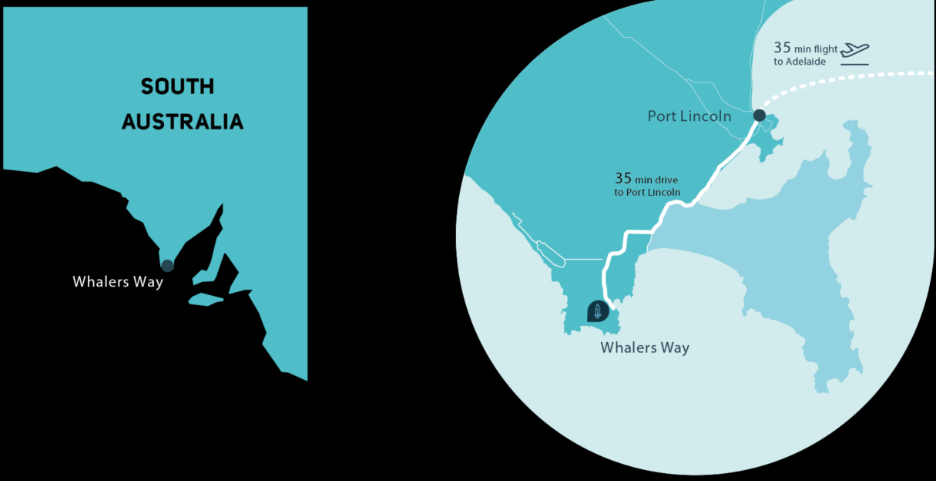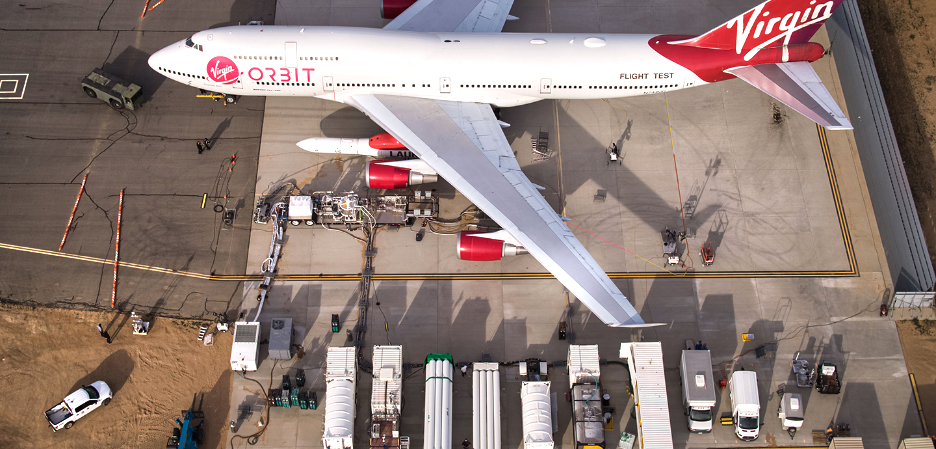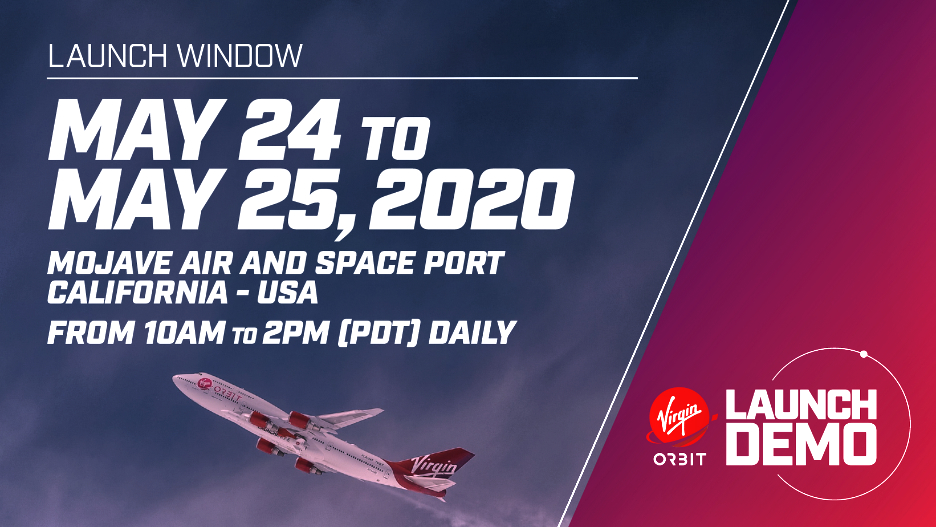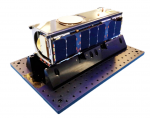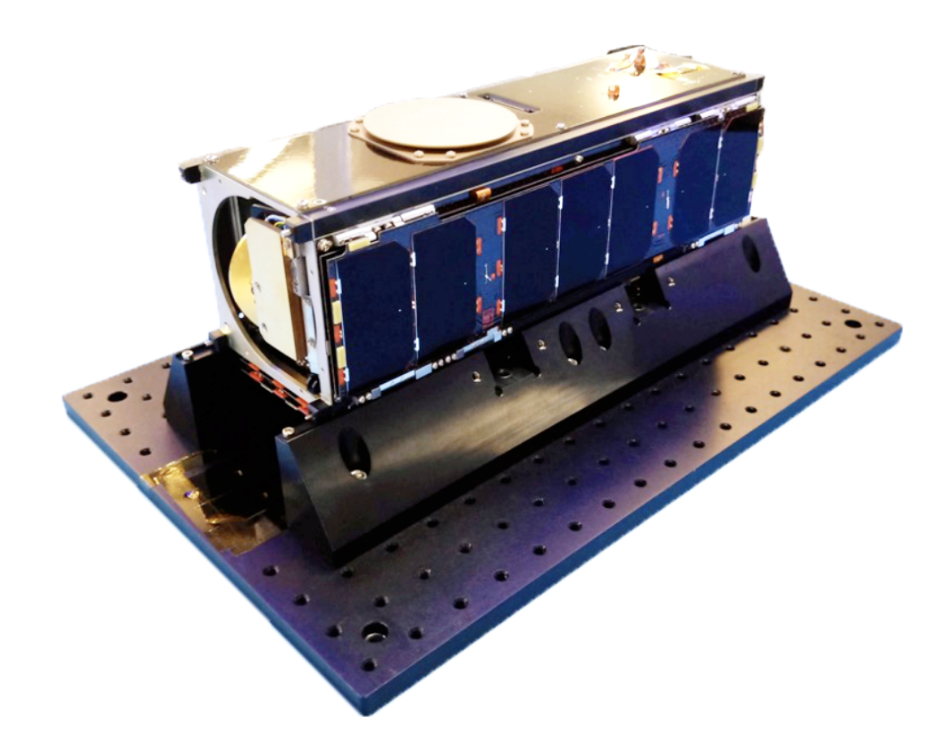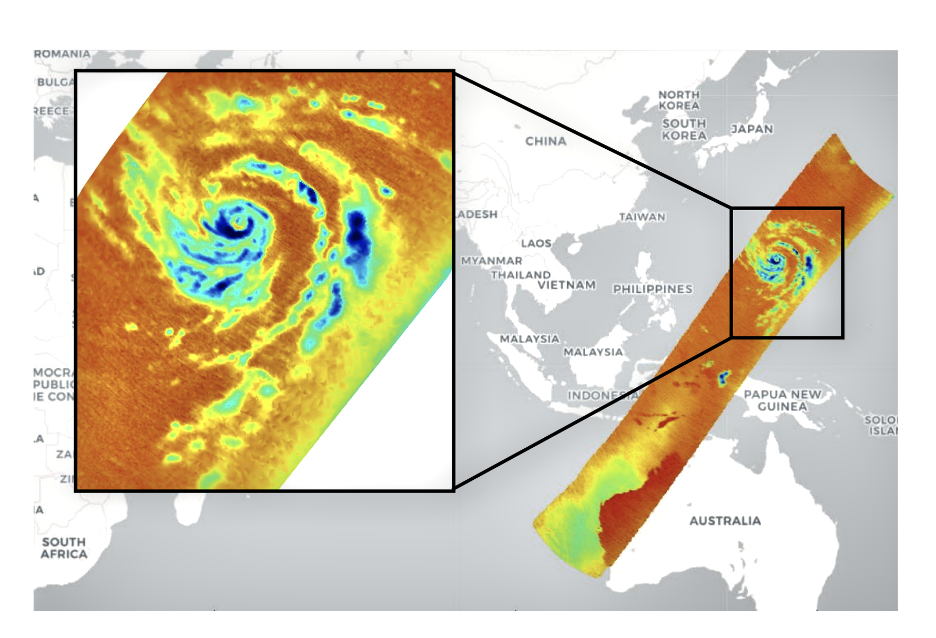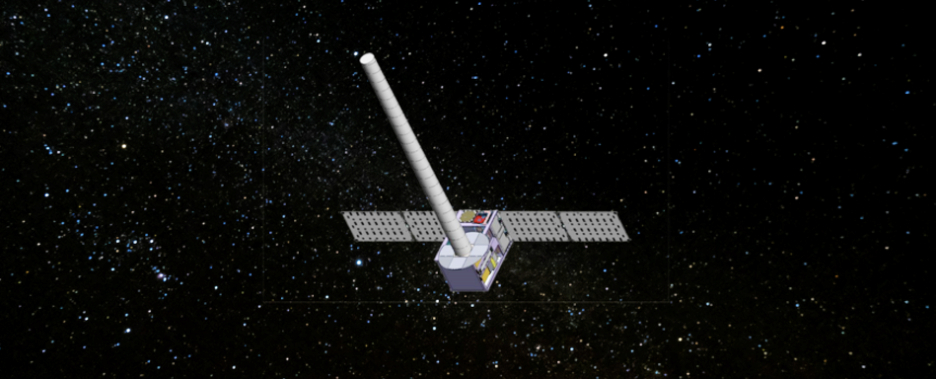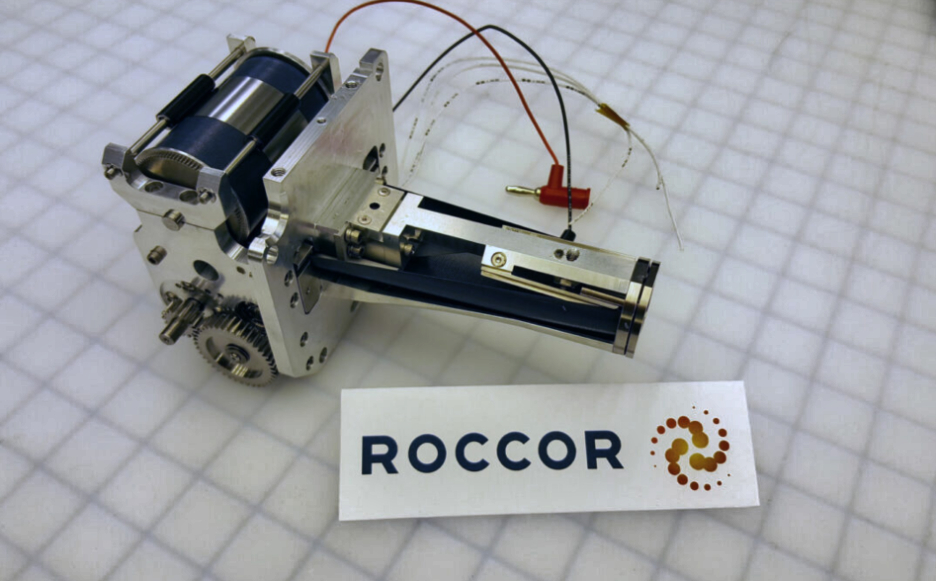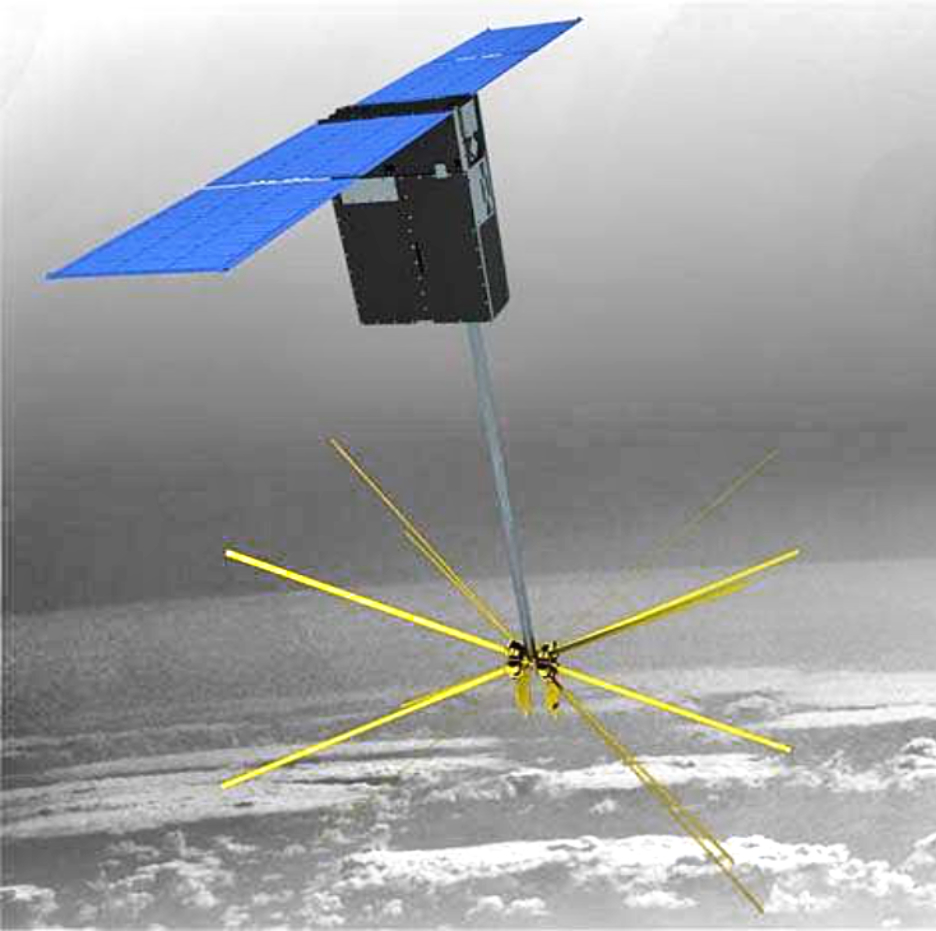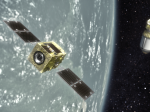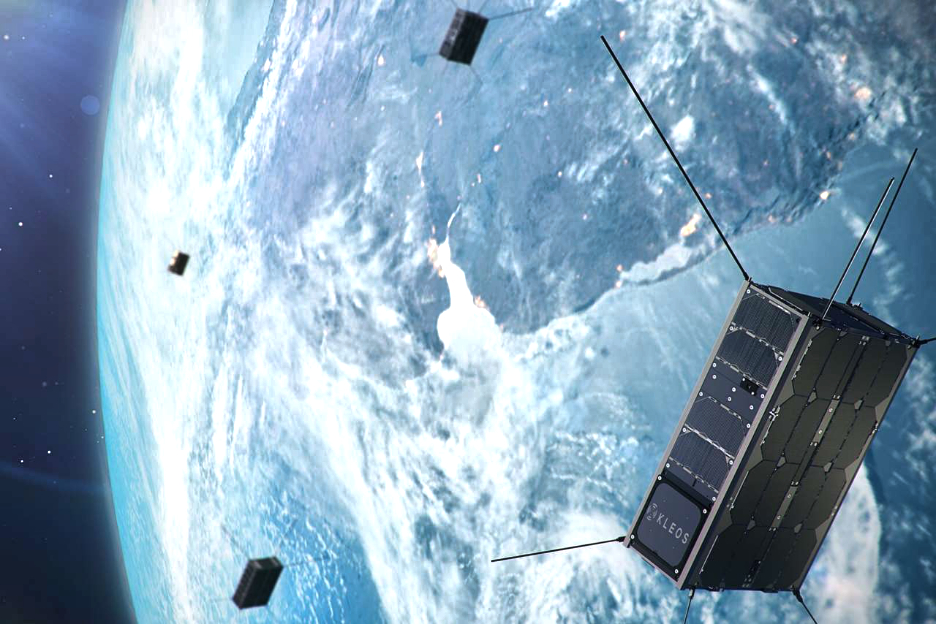
Kleos Space S.A. (ASX: KSS, Frankfurt: KS1) has partnered with GSTS to provide enhanced Maritime Domain Awareness capability to GSTS’s OCIANA product suite.
GSTS (Global Spatial Technology Solutions) is a wholly-owned Canadian company that provides innovative decision-support solutions for the maritime market through the use of Artificial Intelligence (AI) and Big Data analytics. GSTS predictive technologies empower future-friendly decision-making to help the maritime, security, logistics and service sectors navigate tomorrow… today.

Kleos data will provide a valuable addition to GSTS services and data solutions by supporting vessel detection, classification and identification.
Kleos’ Scouting Mission satellites that are in Chennai, India, awaiting launch on Indian Space Research Organisation (ISRO) PSLV C49, will detect and geolocate maritime radio frequency transmissions to provide global activity-based intelligence, enhancing the intelligence, surveillance and reconnaissance (ISR) capabilities of governments and commercial entities when Automatic Identification System (AIS) is defeated, imagery unclear or targets out of patrol range.
Kleos’ satellites will be in a 37-degree inclination orbit, covering crucial shipping regions for defense and security customers including the Strait of Hormuz, South China Sea, Australian coast, Southern US coast as well as the East and West African coast.
The Memorandum of Agreement signed by Kleos and GSTS allows for investigating opportunities to collaborate and develop marketable solutions; and to implement a scenario and demonstration to validate the technical feasibility and usability of collaborative solutions with the initial data licence procured for demonstration and assessment purposes.
Andy Bowyer, the Kleos CEO, said the company’s satellites and data will enhance GSTS capabilities when fused with other data sets in their innovative OCIANA environment, assisting in the goal to provide greater insights, detecting illegal activities and threats for their customers.
Richard Kolacz, the GSTS CEO, commented that Kleos will add another powerful data set to the OCIANA product suite to further enhance our maritime situational awareness capability and improve the firm’s ability to detect and predict vessel activity to support defence, civil and commercial solutions.




